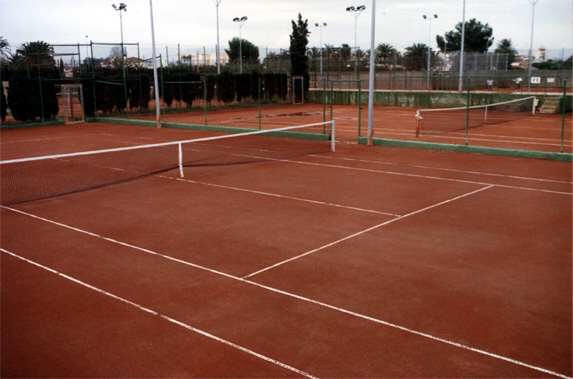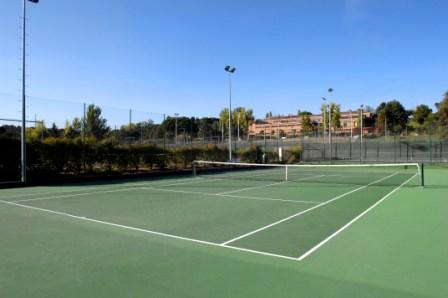As you probably know, tennis is played on a flat, rectangular surface known as a tennis court, which is generally made of grass, clay or hardcourt (concrete and/or asphalt). The court measures 78 feet (23.77 meters) by 27 feet (8.23 meters) for singles matches and 78 feet by 36 feet (10.97 meters) for doubles matches. The court is divided across the middle by a net.
On each side of the net is a whole bunch of lines which, if you don't know what they are or what purpose they serve, can be pretty confusing. So, here we'll outline some of the basic features of the tennis court:


The baseline is the white line located at the very back of each side's court. It's the border separating in-bounds with out-of-bounds.
The service line is the white line parallel to the net and divides the area between the net and the baseline. It also marks the bakc of the service boxes.
The center line is the line on each side of the court that runs perpendicular between the net and the service line. It divides the two service boxes.
Each side of the net has two service boxes, which are formed by the singles court boundaries and the service line. The boxes are divided by another line that runs perpendicular to the net.
The alley really only comes into play during doubles matches, when these zones are considered "in bounds". During singles matches, these long alleys, which run the entire length of the court, are considered out of bounds.
Back court is the large zone of the tennis court between the service line and the baseline. It's not the best defensive position to set yourself up in, as the ball often bounces here, making shots hit from here much trickier. It's no wonder it's considered "no man's land"!





